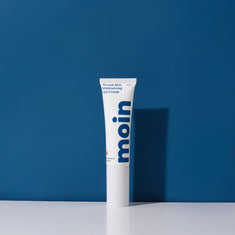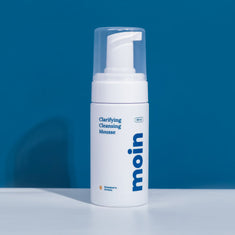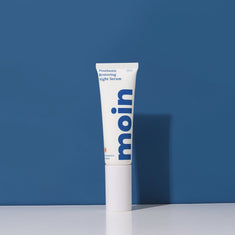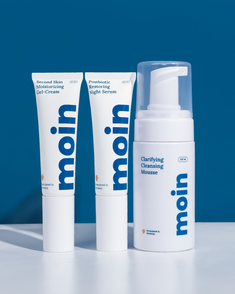Understanding Sunscreen Formulation
In today's world, where concerns about skin health and protection against harmful UV radiation have taken center stage, sunscreen has emerged as a vital tool for safeguarding our skin from the damaging effects of the sun. However, the seemingly simple act of applying sunscreen belies the intricate science and technology that goes into its formulation.
The science behind sunscreen protection

UV radiation from the sun consists of UVA, UVB, and UVC rays. While UVC ray is blocked by the atmosphere, both UVA and UVB rays can cause various skin issues, including sunburn, premature aging, and an increased risk of skin cancer. Sunscreens are designed to mitigate these risks by acting as a protective barrier against these harmful rays. Both organic and inorganic UV filters mostly work by absorbing the UV radiation, then transform the energy into another form, namely heat.
Choosing the ingredients
A successful sunscreen formulation relies on a careful selection and combination of various active and inactive ingredients. These ingredients work synergistically to provide effective sun protection and a pleasant user experience.
UV Filters
UV filters are the cornerstone of sunscreen formulations. These can be categorized into organic and inorganic filters. To provide broad-spectrum protection, it's necessary to use multiple organic filters since they usually have different UV absorbance. As formulator, I prefer to use organic filters since I can use less amount compared to inorganic filters when achieving the same SPF value, but they can degrade upon UV exposure. Inorganic filters are often preferred for sensitive skin due to their minimal risk of irritation.
Stabilizers and Enhancers
To counteract the potential degradation of organic filters upon UV exposure, stabilizers are added. Other enhancers, like antioxidants and photostabilizers, are incorporated to boost the overall stability and efficacy of the formulation.
Emollients
When formulating sunscreen, emollients also play a big role. They are used to offer pleasant sensory experience and to solubilize organic UV filters. Fast-spreading emollients can be added to prevent the formulation from feeling overly greasy and to maintain skin hydration.
Preservatives
Given the potential for microbial growth in water-based formulations, preservatives are crucial to ensure the product's safety and shelf life.
Challenges in sunscreen formulation
The formulation of effective and aesthetically pleasing sunscreens comes with several technical challenges.
Particle size and dispersion
For inorganic UV filters like zinc oxide and titanium dioxide, achieving a balance between particle size and dispersion is critical. Large particles can leave a visible white cast on the skin, while inadequate dispersion can result in uneven protection.
SPF and broad-spectrum protection
Formulating a product with a high Sun Protection Factor (SPF) and broad-spectrum protection across UVA and UVB wavelengths is a challenge. As mentioned earlier, achieving this often requires the precise combination of various UV filters and booster. We have to also make sure that the UVA protection of the sunscreen is at least 1/3 of the UVB protection level. For example if I want to achieve SPF 30, I have to incorporate enough UVA filter to have UVA level of 10 to pass broad spectrum claim.
Stability
UV filters, especially organic ones, can degrade over time due to exposure to heat and light. Ensuring the stability of these filters throughout the product's shelf life requires careful formulation and the use of stabilizers. Chelating agents can also help to avoid formation of crystals over time in the formulation.
Texture and Sensory Experience
Consumers are more likely to use sunscreen regularly if it feels comfortable on the skin and doesn't leave a greasy residue. At the same time, it is important that the sunscreen forms a nice uniform layer on top of the skin to provide maximum protection. So, striking the right balance between sun protection and an appealing sensory experience is crucial.
The development of sunscreen formulations is a complex endeavor, and 10 years ago I personally found it hard to find sunscreen that provided balance of UV protection and positive sensory experience to consumers. Now, as consumers continue to prioritize skin health and sun protection, the field of sunscreen formulation will undoubtedly see continued innovation, resulting in more effective, aesthetically pleasing, and diverse products that cater to the evolving needs of modern skincare.




